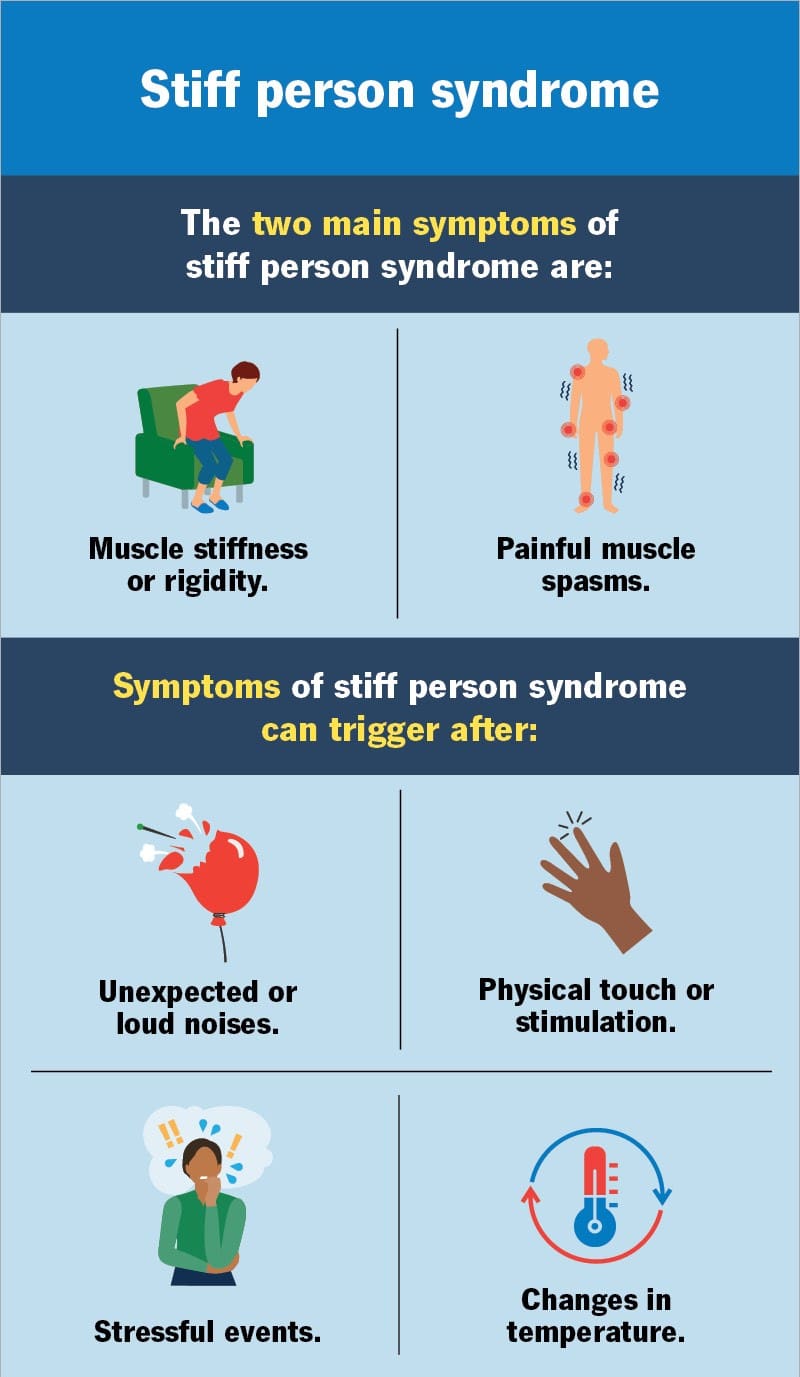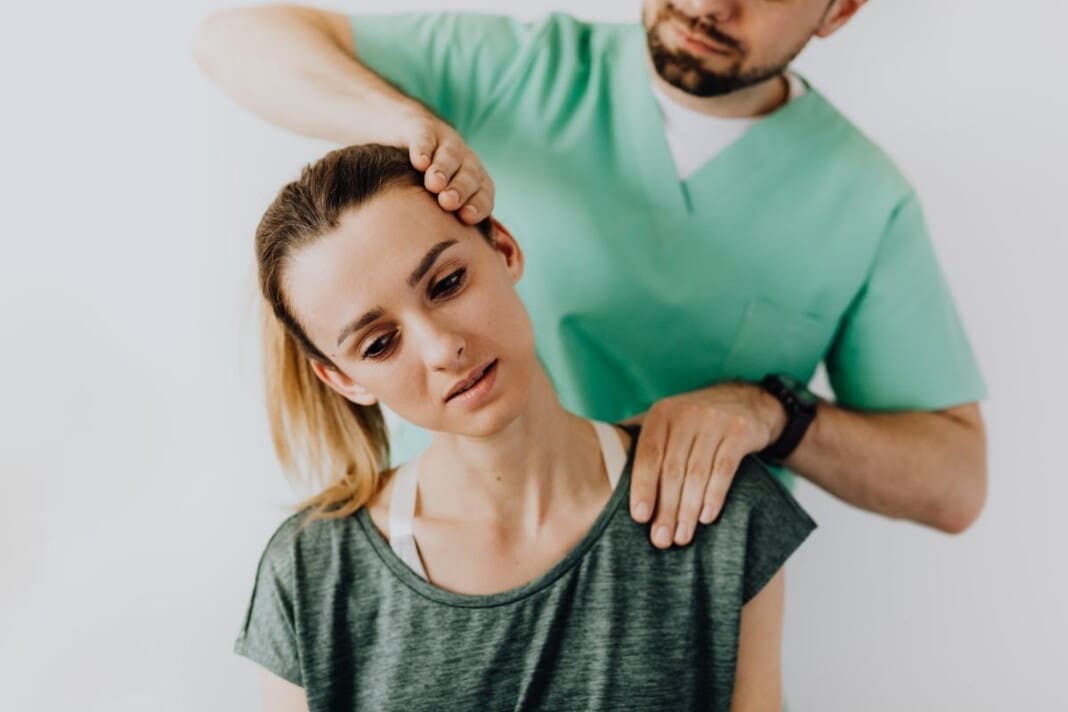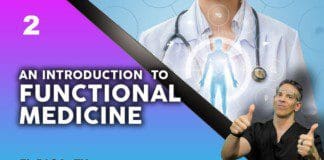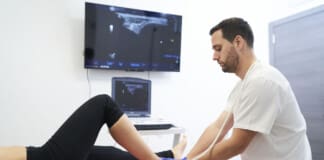Can individuals with stiff person syndrome incorporate non-surgical treatments to reduce muscle stiffness and restore muscle mobility?
Table of Contents
Introduction
The musculoskeletal system allows the body’s extremities to be mobile, provides stability to the host, and has an outstanding relationship with the other body systems. The musculoskeletal system’s muscles, tissues, and ligaments help protect the body’s vital organs from environmental factors. However, many individuals often deal with repetitive motions in the upper and lower body extremities that can cause pain and discomfort. Additionally, environmental factors, illnesses, and injuries can affect the musculoskeletal system and play a part in co-morbidities in overlapping risk profiles. These issues can cause the musculoskeletal system to develop a condition known as stiff person syndrome. Today’s articles focus on what stiff person syndrome is, the symptoms it is associated with, and how non-surgical treatments can help alleviate the symptoms of stiff person syndrome. We discuss with certified associated medical providers who consolidate our patients’ information to assess stiff person syndrome and its associated symptoms affecting the musculoskeletal system. We also inform and guide patients while asking their associated medical provider intricate questions to integrate non-surgical treatments to reduce the overlapping symptoms correlating with stiff person syndrome. Dr. Jimenez, D.C., includes this information as an academic service. Disclaimer.
What Is Stiff Person Syndrome
Have you been dealing with muscle stiffness in your lower extremities affecting your mobility? Have you noticed that your posture is rigid due to ongoing muscle spasms in your lower back? Or have you felt tightness in your back muscles? Many pain-like symptoms are associated with back pain, a common musculoskeletal condition; however, they can also correlate with a rare condition known as stiff person syndrome. Stiff person syndrome is a rare autoimmune disorder that is progressive and is characterized by rigidity and stimulus-triggered painful muscle spasms that affect the lower body and extremities. (Muranova & Shanina, 2024) There are three classifications that a person is experiencing with stiff person syndrome, and they are:
- Classic Stiff Person Syndrome
- Partial Stiff Person Syndrome
- Stiff Person Syndrome Plus
Since stiff person syndrome is a rare condition, many individuals may not exhibit any objective findings early on, which then causes a delayed diagnosis that can impact a person’s quality of life (Newsome & Johnson, 2022). At the same time, since stiff person syndrome is a rare autoimmune disease, it can affect the musculoskeletal system with associated pain-like symptoms.
The Symptoms
Some symptoms associated with stiff person syndrome that can develop over time are muscle stiffness and painful muscle spasms. This is because the neuron receptors from the central nervous system can become haywire and cause non-specific somatic symptoms that make the individuals deal with comorbid chronic pain and myofascial tenderness in the muscles. (Chia et al., 2023) This is because stiff person syndrome can spread into different areas of the musculoskeletal system and can gradually develop over time. For muscle stiffness associated with stiff person syndrome, the muscles can become stiff over time, causing pain and discomfort, thus leading to many individuals developing abnormal posture, making it difficult to be mobile. Muscle spasms can affect the entire body itself or in a specific location and cause intense pain that lasts for hours. However, many individuals can incorporate non-surgical treatments to reduce the pain-like symptoms in the musculoskeletal system.
Movement Medicine: Chiropractic Care- Video

Non-Surgical Treatments For Stiff Person Syndrome
When it comes to reducing the musculoskeletal pain symptoms of stiff person syndrome, many individuals can begin to go to their primary doctor for early diagnosis and develop a customized treatment plan to manage the pain-like symptoms and provide a positive impact in creating awareness of this rare condition. (Elsalti et al., 2023) By assessing the pain-like symptoms of stiff person syndrome, many people can incorporate non-surgical treatments to manage the musculoskeletal pain symptoms and improve a person’s quality of life. Non-surgical treatments are cost-effective and can be combined with other therapies to restore mobility. One of the primary goals for managing stiff person syndrome is through pain management, symptom relief, and improved quality of life. (Cirnigliaro et al., 2021)
Chiropractic Care For Stiff Person Syndrome
One of the non-surgical treatments that can help reduce symptoms of muscle spasms and muscle stiffness is chiropractic care. Chiropractic care incorporates mechanical and manual manipulation to stretch and mobilize the joint-muscle function while reducing pain and discomfort. (Coulter et al., 2018) For individuals suffering from stiff person syndrome, chiropractic care can help reduce muscle stiffness and muscle spasms in the upper and lower extremities and relieve the pain. Additionally, incorporating non-surgical treatments like chiropractic care and combined therapies can help manage the musculoskeletal pain associated with stiff person syndrome and improve a person’s quality of life.
References
Chia, N. H., McKeon, A., Dalakas, M. C., Flanagan, E. P., Bower, J. H., Klassen, B. T., Dubey, D., Zalewski, N. L., Duffy, D., Pittock, S. J., & Zekeridou, A. (2023). Stiff person spectrum disorder diagnosis, misdiagnosis, and suggested diagnostic criteria. Ann Clin Transl Neurol, 10(7), 1083-1094. https://doi.org/10.1002/acn3.51791
Cirnigliaro, F. A., Gauthier, N., & Rush, M. (2021). Management of refractory pain in Stiff-Person syndrome. BMJ Case Rep, 14(1). https://doi.org/10.1136/bcr-2020-237814
Coulter, I. D., Crawford, C., Hurwitz, E. L., Vernon, H., Khorsan, R., Suttorp Booth, M., & Herman, P. M. (2018). Manipulation and mobilization for treating chronic low back pain: a systematic review and meta-analysis. Spine J, 18(5), 866-879. https://doi.org/10.1016/j.spinee.2018.01.013
Elsalti, A., Darkhabani, M., Alrifaai, M. A., & Mahroum, N. (2023). Celebrities and Medical Awareness-The Case of Celine Dion and Stiff-Person Syndrome. Int J Environ Res Public Health, 20(3). https://doi.org/10.3390/ijerph20031936
Muranova, A., & Shanina, E. (2024). Stiff Person Syndrome. In StatPearls. https://www.ncbi.nlm.nih.gov/pubmed/34424651
Newsome, S. D., & Johnson, T. (2022). Stiff person syndrome spectrum disorders; more than meets the eye. J Neuroimmunol, 369, 577915. https://doi.org/10.1016/j.jneuroim.2022.577915
Disclaimer
Professional Scope of Practice *
The information herein on "Discover How to Reduce Stiff Person Syndrome" is not intended to replace a one-on-one relationship with a qualified health care professional or licensed physician and is not medical advice. We encourage you to make healthcare decisions based on your research and partnership with a qualified healthcare professional.
Blog Information & Scope Discussions
Welcome to El Paso's Premier Wellness and Injury Care Clinic & Wellness Blog, where Dr. Alex Jimenez, DC, FNP-C, a Multi-State board-certified Family Practice Nurse Practitioner (FNP-BC) and Chiropractor (DC), presents insights on how our multidisciplinary team is dedicated to holistic healing and personalized care. Our practice aligns with evidence-based treatment protocols inspired by integrative medicine principles, similar to those found on this site and our family practice-based chiromed.com site, focusing on restoring health naturally for patients of all ages.
Our areas of multidisciplinary practice include Wellness & Nutrition, Chronic Pain, Personal Injury, Auto Accident Care, Work Injuries, Back Injury, Low Back Pain, Neck Pain, Migraine Headaches, Sports Injuries, Severe Sciatica, Scoliosis, Complex Herniated Discs, Fibromyalgia, Chronic Pain, Complex Injuries, Stress Management, Functional Medicine Treatments, and in-scope care protocols.
Our information scope is multidisciplinary, focusing on musculoskeletal and physical medicine, wellness, contributing etiological viscerosomatic disturbances within clinical presentations, associated somato-visceral reflex clinical dynamics, subluxation complexes, sensitive health issues, and functional medicine articles, topics, and discussions.
We provide and present clinical collaboration with specialists from various disciplines. Each specialist is governed by their professional scope of practice and their jurisdiction of licensure. We use functional health & wellness protocols to treat and support care for musculoskeletal injuries or disorders.
Our videos, posts, topics, and insights address clinical matters and issues that are directly or indirectly related to our clinical scope of practice.
Our office has made a reasonable effort to provide supportive citations and has identified relevant research studies that support our posts. We provide copies of supporting research studies upon request to regulatory boards and the public.
We understand that we cover matters that require an additional explanation of how they may assist in a particular care plan or treatment protocol; therefore, to discuss the subject matter above further, please feel free to ask Dr. Alex Jimenez, DC, APRN, FNP-BC, or contact us at 915-850-0900.
We are here to help you and your family.
Blessings
Dr. Alex Jimenez DC, MSACP, APRN, FNP-BC*, CCST, IFMCP, CFMP, ATN
email: coach@elpasofunctionalmedicine.com
Multidisciplinary Licensing & Board Certifications:
Licensed as a Doctor of Chiropractic (DC) in Texas & New Mexico*
Texas DC License #: TX5807, Verified: TX5807
New Mexico DC License #: NM-DC2182, Verified: NM-DC2182
Licensed as a Multi-State Advanced Practice Registered Nurse (APRN*) in Texas & Multistate
Multistate Compact RN License by Endorsement (42 States)
Texas APRN License #: 1191402, Verified: 1191402 *
Florida APRN License #: 11043890, Verified: APRN11043890 *
* Prescriptive Authority Authorized
ANCC FNP-BC: Board Certified Nurse Practitioner*
Compact Status: Multi-State License: Authorized to Practice in 40 States*
Graduate with Honors: ICHS: MSN-FNP (Family Nurse Practitioner Program)
Degree Granted. Master's in Family Practice MSN Diploma (Cum Laude)
Dr. Alex Jimenez, DC, APRN, FNP-BC*, CFMP, IFMCP, ATN, CCST
My Digital Business Card
RN: Registered Nurse
APRNP: Advanced Practice Registered Nurse
FNP: Family Practice Specialization
DC: Doctor of Chiropractic
CFMP: Certified Functional Medicine Provider
IFMCP: Institute of Functional Medicine
CCST: Certified Chiropractic Spinal Trauma
ATN: Advanced Translational Neutrogenomics














